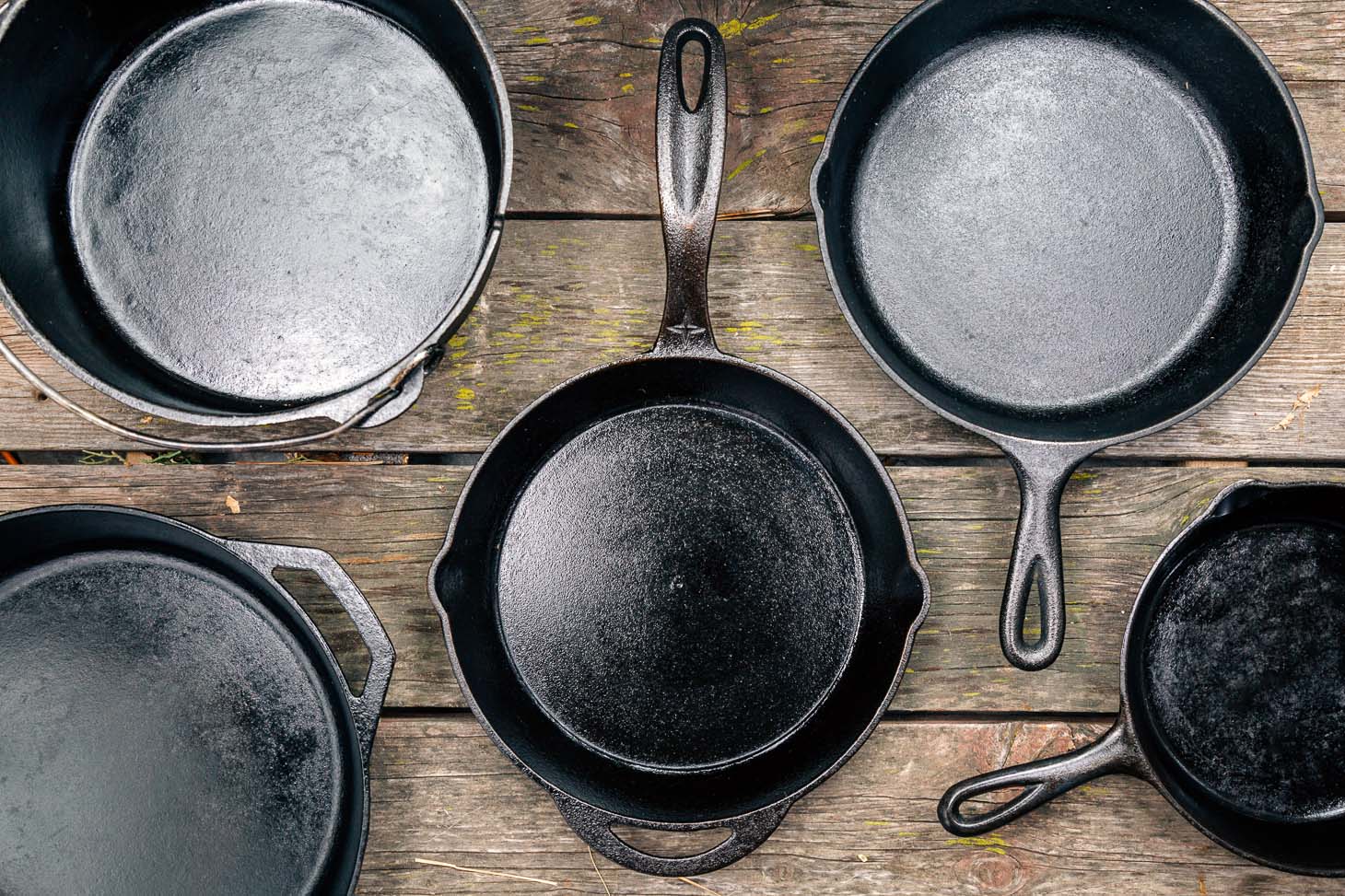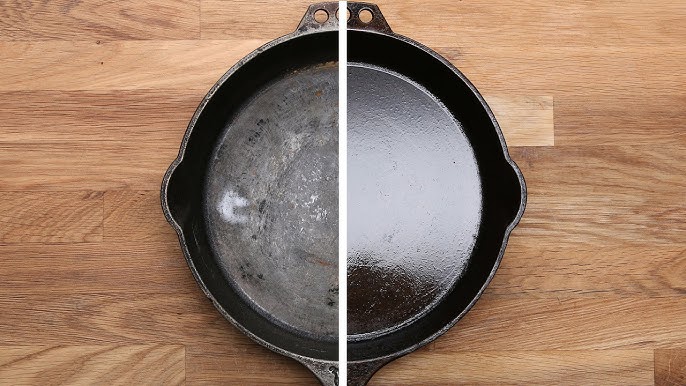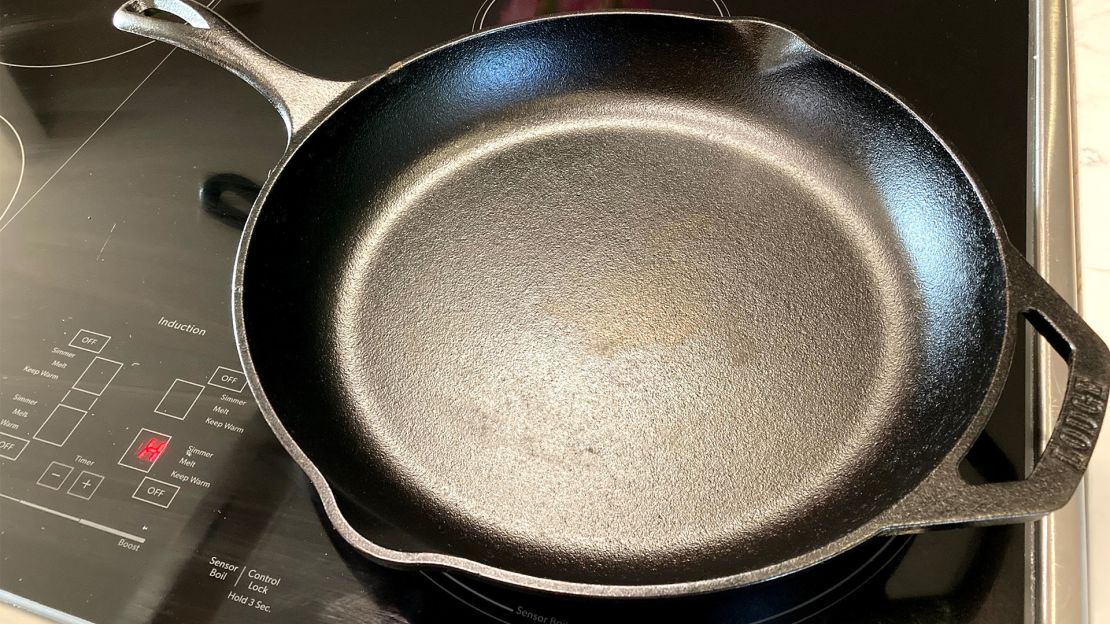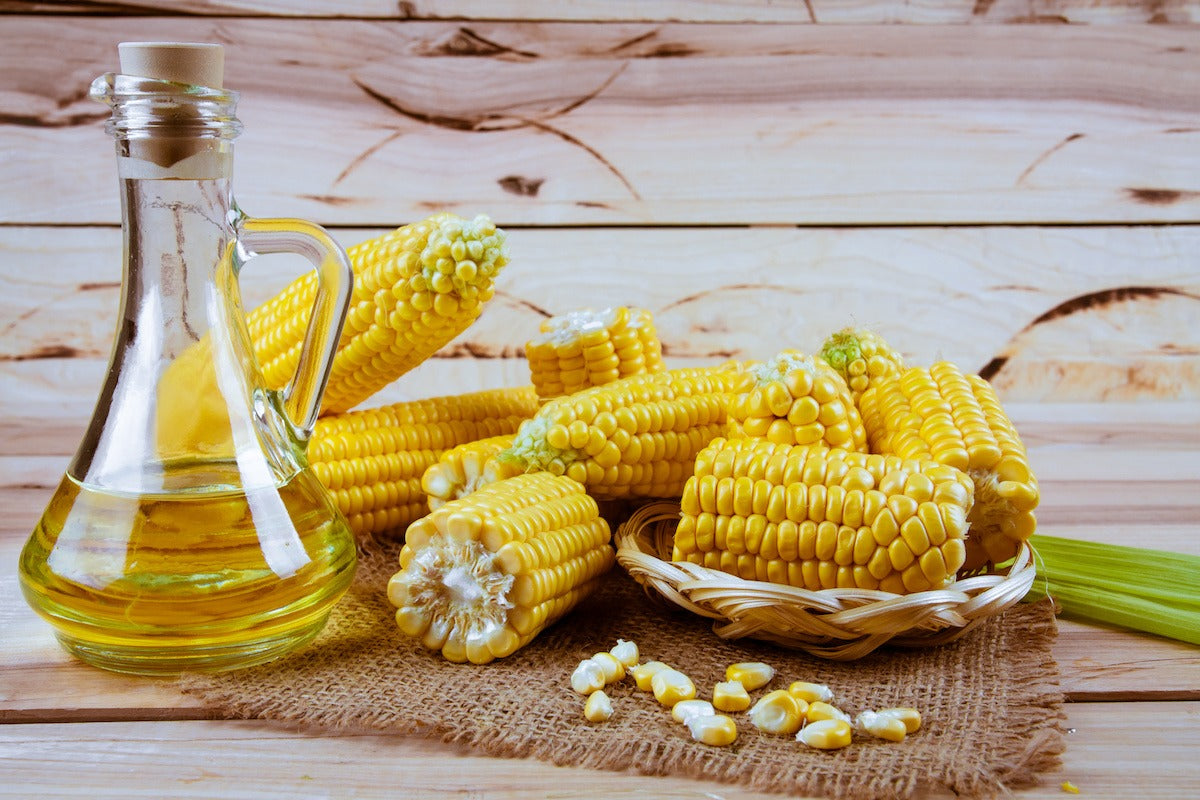Cleaning cast iron cookware is an intricate balance between maintaining its seasoning and ensuring it remains free of food debris. In professional kitchens, the care of cast iron is paramount, as it can affect the flavor and quality of the dishes being served. Understanding how to clean cast iron without removing seasoning is essential for all culinary professionals. Throughout this article, we will delve into effective techniques, tools, and tips that make this cleaning process straightforward and efficient.
Cast iron cookware is beloved for its durability and heat retention properties. However, many kitchen professionals face the dilemma of properly cleaning it without compromising the seasoning that has been built up over time. Seasoning is crucial because it creates a natural, non-stick surface, enhances flavor, and provides protection against rust. Here, we will explore the best practices for cleaning your beloved cast iron cookware without ruining the seasoning.

Understanding Seasoning and Its Importance
Before we dive deeper into the cleaning methods, its imperative to understand what seasoning is. Seasoning is a layer of baked-on oil that gives the cast iron skillet its non-stick surface and protects it from moisture. The seasoning process has multiple layers, and over time as you cook with it, the layers develop into a protective shield. This is why understanding how to clean cast iron without removing seasoning is vital for maintaining your cookwares integrity.
Tools Required for Cleaning Cast Iron
To clean cast iron without removing seasoning effectively, you'll need a few basic tools:
- Stiff Brush: A stiff-bristled brush is essential for scrubbing off stuck-on food.
- Soft Cloth or Paper Towels: Use these for drying the skillet after cleaning.
- Hot Water: Hot water helps in loosening the food particles.
- Coarse Salt: This can act as a gentle abrasive for scrubbing.
- Oil: For re-oiling your cast iron after cleaning, ensuring to keep that seasoning intact.
Step-by-Step Guide on Cleaning Cast Iron
1. Allow the Pan to Cool
Never start cleaning your cast iron while it is still hot. Allow it to cool down to a safe temperature to prevent burns and ensure a more effective cleaning process. A warm skillet is easier to clean than a cold one, but it should not be hot enough to cause steam burns.
2. Remove Excess Food Residue
Once the skillet is cool, use the stiff brush to remove any sticks of food. You should avoid using soap because it can affect the seasoning. Instead, a thorough brushing can help remove most of the debris.
3. Use Hot Water
If food residues remain, pour some hot water into the skillet. This is a great way to loosen stuck-on food. You can also use a spatula to gently scrape the bottom while the water helps to release the food.
4. Incorporate Coarse Salt
For tougher residues, sprinkle some coarse salt over the surface and use the stiff brush to scrub the pan. The salt acts as a gentle abrasive that can help eliminate stubborn bits without damaging the seasoning.
5. Rinse and Dry
Once cleaned, rinse the skillet with hot water and dry it completely with a soft cloth or paper towel. It is crucial to dry it thoroughly to avoid any rust.
6. Reapply Oil
After the pan is dry, apply a thin layer of cooking oil to maintain seasoning. Use a paper towel to spread it evenly across the surface, ensuring that it is not too thick. This step is vital for preserving the non-stick surface and preventing corrosion.
Additional Tips for Maintaining Your Cast Iron Cookware
1. Avoid Soaking
Never soak your cast iron cookware in water. Soaking can lead to rust, which is detrimental to the integrity of the pan and seasoning. Always opt for a quick rinse instead.
2. Keep it Dry
After cleaning, always store your cast iron cookware in a dry area. Humidity can lead to moisture absorption, which can result in rust formation.
3. Routine Maintenance
Routine maintenance includes light re-seasoning after significant use. For tips on the best oils for seasoning cast iron cookware, visit best oils for seasoning.
Common Mistakes While Cleaning Cast Iron
1. Overusing Soap
As mentioned earlier, soap can strip away the beloved seasoning. It's best to avoid it altogether or only use it on rare occasions when needed.
2. Neglecting to Dry
Neglecting to thoroughly dry the skillet can lead to rust. Always make sure to dry it properly after cleaning.
3. Ignoring Regular Maintenance
Regularly taking care of your cast iron can save you a lot of trouble in the long run. Even minor maintenance can make a significant difference.
What to do If there is Rust?
If rust appears on your cast iron, do not despair. It can often be removed with a bit of elbow grease. Scrub off the rust with steel wool, re-season your pan, and ensure proper maintenance moving forward.

Frequently Asked Questions
1. Can I use a dishwasher to clean cast iron?
No, you should never put cast iron in a dishwasher. This will strip away its seasoning.
2. What oils are best for seasoning cast iron?
Oils with high smoke points, such as flaxseed oil or grapeseed oil, are ideal for seasoning. For a more in-depth overview, check out best oils for seasoning.
3. How often do I need to re-season my cast iron?
Generally, it is advisable to re-season when you notice dull spots or after heavy use.
As an Amazon Associate, I earn from qualifying purchases.






Leave a comment
This site is protected by hCaptcha and the hCaptcha Privacy Policy and Terms of Service apply.